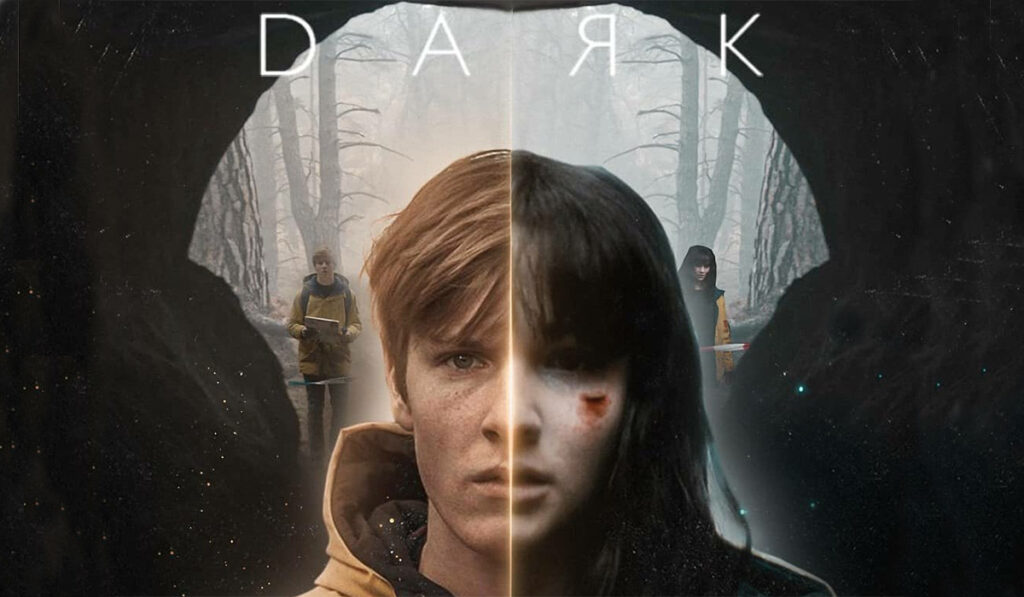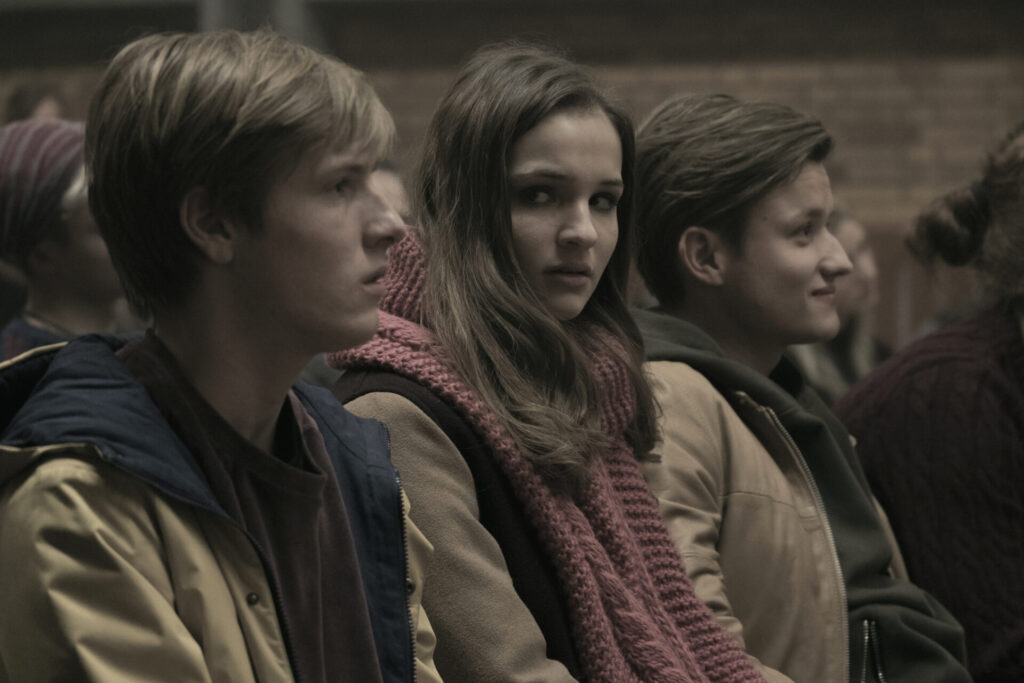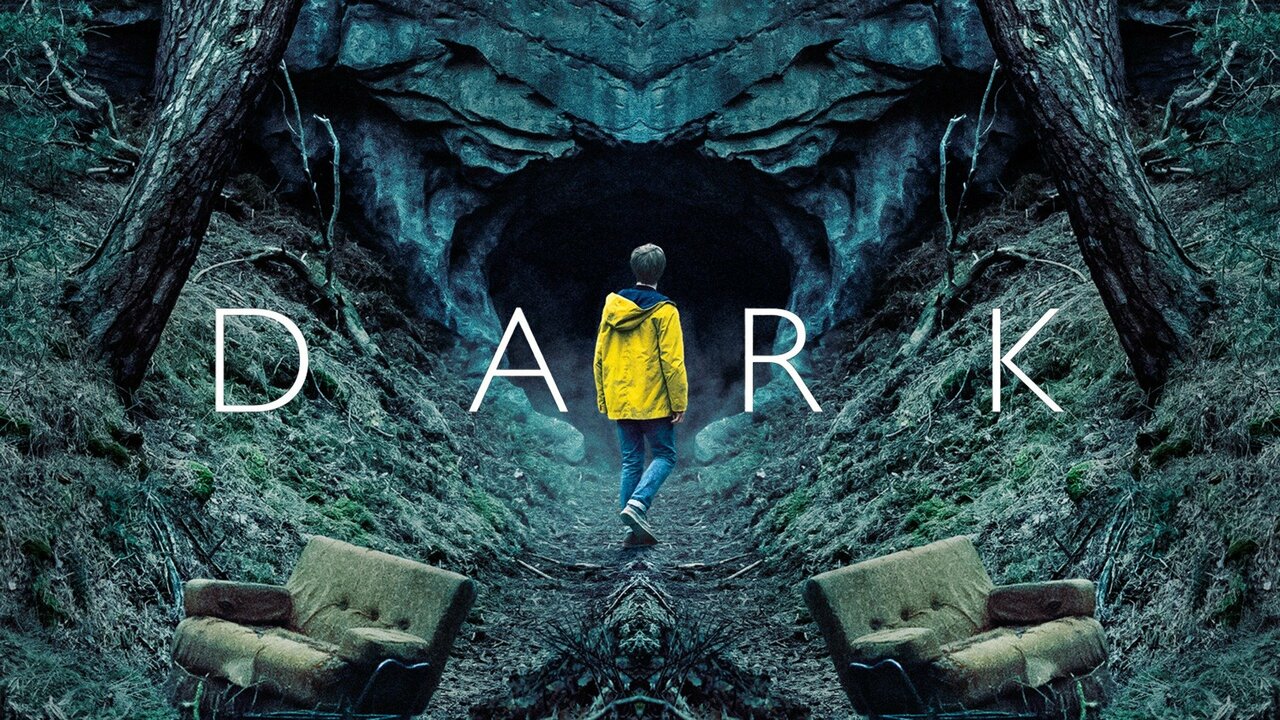In the intricate realm of science fiction television, “Dark” emerges as a groundbreaking series that boldly navigates the convoluted corridors of time. It transcends the limitations of linear storytelling, captivating audiences with its rich narrative and well-developed characters while introducing them to a labyrinth of temporal puzzles and paradoxes that redefine the genre. The very essence of “Dark” lies in its ability to make time a character in itself, a force that shapes and reshapes the destinies of those entangled within its enigmatic grasp. People who underwent body plastic surgery in San Antonio remark that watching “Dark” TV series was a fun and captivating way to pass their recovery.
As we embark on this temporal journey, the nonlinearity of “Dark” emerges as a narrative strength rather than a stylistic flourish. The deliberate choice to unfold the story across multiple timelines transforms the viewing experience into a cerebral exercise. Viewers must actively engage with the material, piecing together the fragmented puzzle of events scattered across different eras. The nonsequential tapestry becomes a mirror reflecting the complexities of time, challenging the audience to embrace the inherent paradoxes that arise when cause and effect exist beyond traditional temporal boundaries.
Navigating this temporal labyrinth, the active voice of “Dark” places viewers at the forefront of the storytelling process. The nonlinearity requires audience participation, transforming them into temporal detectives deciphering the intricacies of events across centuries. The show’s brilliance lies not only in its narrative complexity but in its ability to blur the lines between spectator and participant, making the unraveling of temporal mysteries a collaborative effort between the creators and the audience.
Did you know that the company that makes merch for the “Dark” series uses branded packaging to pack their products?
The Nonlinear Tapestry of Time

The nonsequential narrative of “Dark” functions like a symphony, with each temporal note playing a vital role in the overarching composition. Characters traverse time effortlessly, their actions echoing across centuries, creating a dynamic interplay that adds layers of complexity to the storytelling. This dynamic interaction challenges viewers to grapple not only with the plot intricacies but also with the emotional weight of characters navigating the temporal maze.
The Nielsen, Tiedemann, and Kahnwald families become vessels through which the show explores the psychological toll of time travel. The relationships and motivations of these characters transcend temporal boundaries, adding depth that resonates beyond the confines of the television screen. Through the active voice, “Dark” doesn’t just present temporal challenges as external obstacles; it delves into the internal struggles of characters as they confront the consequences of their actions across time. In doing so, the show elevates the genre, infusing characters with a humanity that transcends the complexities of the temporal narrative.
As we witness characters grapple with their past, present, and future selves, the emotional weight of their temporal predicament becomes palpable. The nonlinear structure allows for a nuanced exploration of the characters’ evolution, showcasing the profound impact of temporal displacement on their identities and relationships. In this way, “Dark” challenges not only our understanding of time but also our perception of character development within the constraints of a nonsequential narrative. Whether unraveling the mysteries of time or shopping for a 12×24 pool cover, the show consistently captivates audiences with its intricate storytelling and character depth.
If you are tired of binging this mind-blowing show you can take mobile IV therapy to regain energy.
The Bootstrap Paradox: A Narrative Hall of Mirrors
At the epicenter of “Dark” lies the enthralling concept of the bootstrap paradox, a narrative device that epitomizes the show’s commitment to pushing the boundaries of temporal storytelling. This paradox, where information or objects exist without a discernible origin, serves as a hall of mirrors reflecting the intricacies of the narrative back onto itself. “Dark” masterfully employs the bootstrap paradox to create a recursive loop of events, challenging the very foundations of cause and effect in the context of business consulting.
The narrative hall of mirrors, constructed through the bootstrap paradox, invites viewers to question not only the nature of storytelling but the essence of existence itself. Characters in “Dark” become unwitting architects of their own destinies, caught in a perpetual cycle of actions and reactions that defy traditional notions of narrative progression. This recursive loop transcends the screen, becoming a metaphor for the cyclical nature of life, where events repeat, evolve, and intertwine in an eternal dance.
In the absence of a clear origin, the narrative becomes a dynamic entity, evolving with each iteration of the temporal loop. The bootstrap paradox becomes a lens through which we examine the fragility of the temporal fabric and the interdependence of events across time. It challenges us to reconsider our understanding of cause and effect, inviting a philosophical exploration of the intricate relationship between choice, consequence, and the inexorable march of time. If you have a great idea and wish to start your own TV show akin to “Dark,” but lack the money to do so, you can always get a loan from the best mortgage company in Raleigh NC to fund your project and do it perfectly with a professional team of individuals.
Navigating the Temporal Abyss
As we navigate the intricate web of temporal puzzles and paradoxes in “Dark,” it becomes evident that the show transcends the conventions of traditional storytelling. The nonlinear narrative, complex characters, and the utilization of the bootstrap paradox collectively contribute to an immersive viewing experience that challenges the intellect and emotions alike. “Dark” not only decodes the complexity of time but also invites viewers to embrace the ambiguity of a temporal abyss where past, present, and future intertwine in an eternal dance.
The temporal abyss in “Dark” serves as a metaphor for the mysteries that permeate our own existence. It beckons us to ponder the very nature of time and our place within its enigmatic folds. The show’s narrative complexity becomes a reflection of the intricate tapestry of our own lives, where moments intertwine, shape one another, and create a mosaic of experiences that defy a linear understanding of existence.
Did you know the main showrunner of “Dark” enrolled in the best filmmaking courses?
In the end, “Dark” stands as a testament to the power of storytelling to transcend temporal constraints. It beckons us to contemplate not only the intricacies of time travel but also the profound impact of our own choices on the unfolding narrative of our lives. As we grapple with the mysteries unveiled in each episode, we find ourselves not merely spectators but active participants in a narrative that defies the boundaries of the temporal dimension. The temporal abyss becomes a canvas on which “Dark” paints a mesmerizing portrait of the human experience, inviting us to explore the depths of our own existence in the face of the ever-ticking clock.
If you want to take a break from watching, definitely visit online shopping UAE.
The Intricacies of Time Travel Technology

Delving deeper into the temporal mysteries of “Dark,” the show introduces a fascinating aspect—the intricate technology that enables time travel. The time portal, with its mysterious origins and ominous aesthetic, becomes a character in its own right. Unlike conventional time travel narratives, “Dark” doesn’t merely treat time travel as a plot device but explores the consequences and ethical dilemmas associated with wielding such power.
The active voice in portraying time travel technology as a dynamic force adds a layer of agency to an inanimate object. The eerie hum of the portal becomes a constant reminder of the show’s commitment to making time travel an integral and tangible element of the narrative. This approach not only heightens the stakes for the characters but also challenges viewers to grapple with the implications of manipulating time as if it were a tangible resource. If you are a big fan of “Dark” TV show you can purchase their men’s hoodies with depictions and quotes from the series.
Temporal Anomalies: Ripples Across Eras
As we continue our exploration of ‘Dark,’ the concept of temporal anomalies, like finding the perfect robes for women, emerges as a key element contributing to the burstiness of the narrative. These anomalies, disruptions in the fabric of time, serve as catalysts for unexpected events and deviations from the established temporal order. The show excels in creating a sense of unpredictability, where the ripples of these anomalies extend far beyond their initial occurrence.
Viewers are treated to a spectacle of burstiness as the narrative unfolds with sudden twists and turns, each anomaly acting as a literary device that injects dynamism into the temporal landscape. The active voice in portraying these anomalies ensures that they are not mere passive occurrences but forces that shape the destiny of characters and timelines alike. In embracing the burstiness of temporal anomalies, “Dark” captivates its audience by defying traditional storytelling norms.
Temporal Morality: Ethical Quandaries in Time’s Wake
One of the most compelling aspects of “Dark” is its exploration of temporal morality. As characters navigate the intricate temporal web, they are confronted with ethical quandaries that transcend the boundaries of conventional morality. The show actively challenges viewers to question the implications of altering the course of history and the ethical responsibility that comes with wielding the power of time travel.
In the moral abyss created by the manipulation of time, characters grapple with decisions that blur the lines between right and wrong. The active voice employed in presenting these moral dilemmas ensures that viewers are not passive observers but engaged participants in the ethical discourse woven into the fabric of the narrative. “Dark” becomes a philosophical journey, prompting audiences to reflect on the consequences of actions when unshackled from the constraints of temporal linearity.
Temporal Identity: Shifting Perspectives Across Timelines
As the narrative of “Dark” unfolds, another layer of complexity emerges—the exploration of temporal identity. Characters are not confined to a singular self but exist across various iterations, each shaped by the events of their respective timelines. The show actively delves into the psychological ramifications of a fractured identity, where past, present, and future selves coexist within the same individual. Watching “Dark” is even more interesting and immersive after eating the delightful cookies and cream edibles, with some coconut extract.
This exploration of temporal identity adds a burst of psychological depth to the narrative. Characters grapple not only with external challenges posed by time travel but also with the internal struggle of reconciling disparate facets of their own existence. The active voice in portraying these identity shifts ensures that viewers are not passive spectators but empathetic participants in the character’s journey of self-discovery across the temporal expanse.
Temporal Resonance: Echoes of the Past and Future

As we traverse the temporal landscape of “Dark,” the concept of temporal resonance, especially within the context of web development in Chicago, emerges as a poetic motif. Events and emotions echo across time, creating a symphony of resonance that binds the temporal threads of the narrative. The show actively embraces this resonance, using it as a narrative device to evoke emotional and thematic continuity across different timelines.
The active voice in presenting temporal resonance ensures that it is not a passive phenomenon but an active force that shapes the emotional fabric of the narrative. Viewers are invited to discern the echoes of the past in the present and anticipate the reverberations of current actions in the future. In doing so, “Dark” transcends the confines of conventional storytelling, creating a temporal resonance that lingers in the minds and hearts of its audience.
Conclusion
In conclusion, “Dark” stands as a testament to the boundless possibilities that arise when storytelling transcends the linear constraints of time. The intricate web of temporal puzzles and paradoxes woven into the narrative, coupled with the show’s commitment to exploring the multifaceted aspects of time travel, creates a viewing experience that is both intellectually stimulating and emotionally resonant.
The active voice employed throughout the exploration of stem cell therapy, time travel technology, temporal anomalies, moral quandaries, identity shifts, and temporal resonance ensures that viewers are not passive spectators but active participants in the unraveling of the temporal tapestry. The burstiness of the narrative, marked by unexpected twists and turns, challenges traditional storytelling norms and keeps the audience on the edge of their seats, eagerly anticipating the next ripple in the temporal fabric.
As we navigate the complexities of “Dark,” we find ourselves not only decoding the enigmatic nature of time but also reflecting on the broader implications of temporal manipulation. The show prompts us to question our understanding of morality, identity, and the resonance of our actions across the continuum of time. It invites us to embrace the ambiguity of a temporal abyss where storytelling becomes a dynamic force, echoing across eras and leaving an indelible mark on the collective consciousness.
If you have been thinking about visiting an esthetician, definitely try consulting Cheyanne Mallas.
“Dark” transcends the boundaries of conventional television, transforming the viewing experience into a philosophical journey that challenges our perceptions and expands our horizons. In the grand tapestry of storytelling, “Dark” stands as a masterpiece—a symphony of temporal intricacies that resonates long after the final credits roll. As we bid farewell to the labyrinth of time crafted by this extraordinary show, we carry with us the echoes of its narrative, a reminder that, in the world of “Dark,” time is not just a linear progression but a canvas upon which the art of storytelling unfolds in its most captivating and unconventional form.

